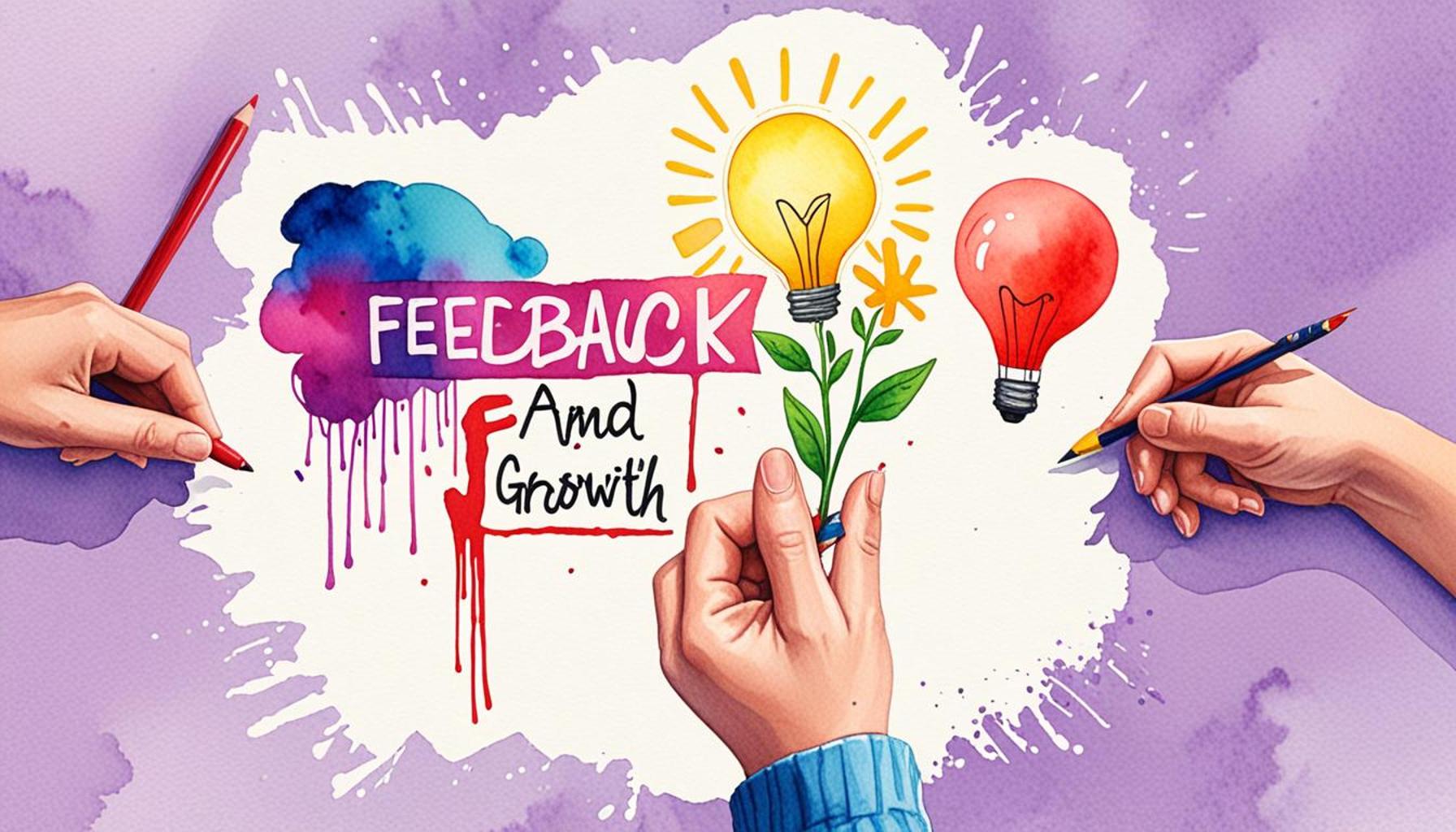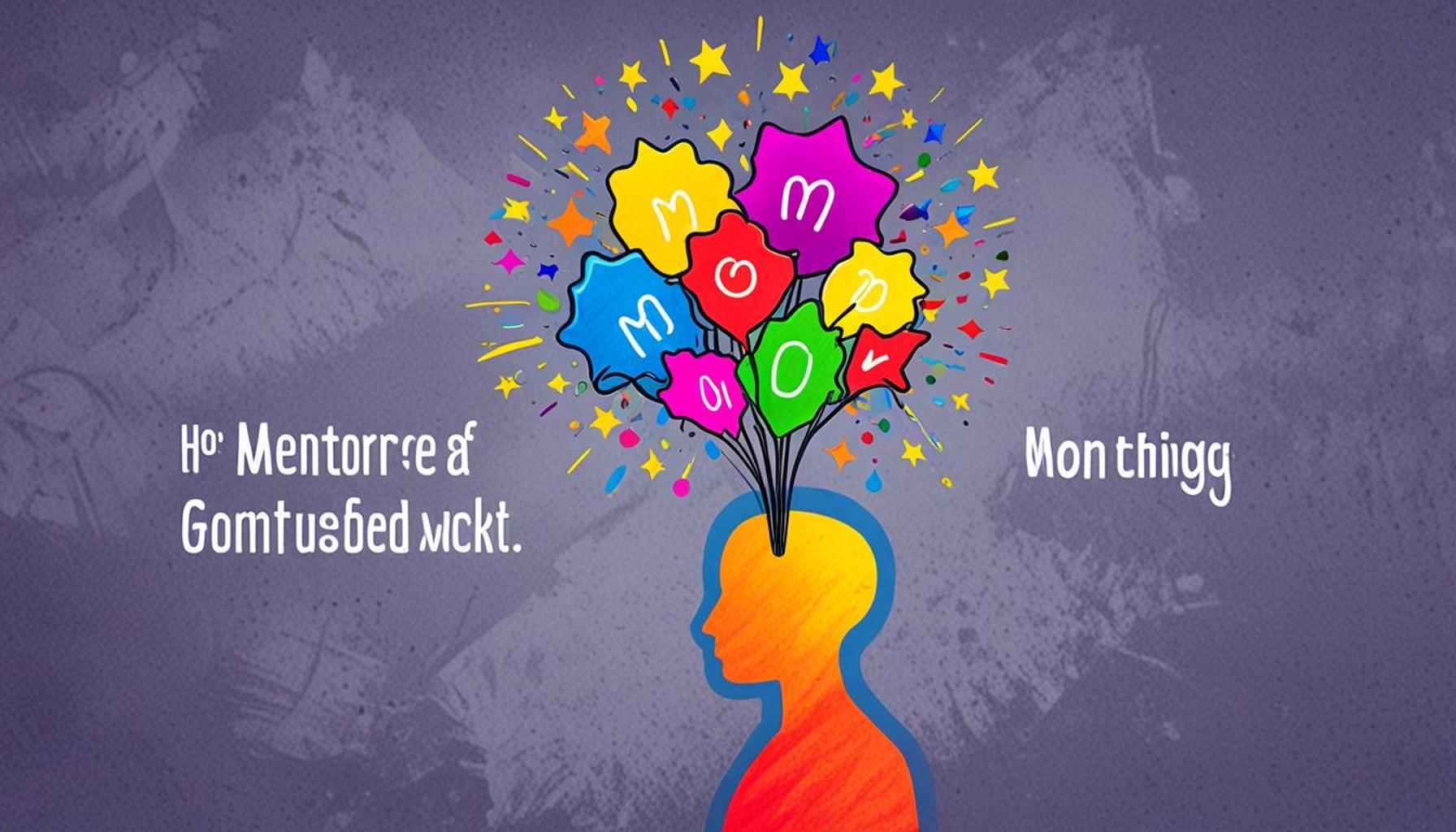Feedback as a Driver of Innovation: Learning from Mistakes and Successes

The Vital Role of Feedback in Innovation
Innovation thrives on feedback. In the vibrant landscape of business and technology, understanding the pivotal role that feedback plays is crucial for any organization aiming to grow and evolve. Feedback acts as a catalyst for innovation by enabling organizations to learn from both mistakes and successes, ultimately guiding them toward more effective practices and products.
In Nigeria, a country recognized for its robust entrepreneurial spirit and dynamic market, feedback manifests in various ways that can significantly impact innovation. These include:
- Customer reviews: The input from customers, whether positive or negative, can provide invaluable insights about their experiences and expectations.
- Market trends: Observing shifts in consumer preferences and behaviors allows businesses to adapt and stay ahead of the competition.
- Employee insights: Employees are often on the front lines and can offer critical perspectives on operational challenges or inefficiencies.
These elements are not merely helpful but essential for transforming ideas into groundbreaking solutions that meet the needs of the market. By continually analyzing what works and what doesn’t, businesses can tailor their strategies for better outcomes, paving the way for further innovations.
Examples of Feedback-Driven Innovations
Consider the following examples illustrating how feedback has driven innovation in Nigeria:
- Local startups: Many tech startups in Lagos, for instance, have rapidly adapted their applications and platforms based on user feedback. By creating interactive features based on what users find challenging, these startups enhance user experience and retention.
- Established firms: Companies like Dangote Group and GSK actively engage with their customers to refine their products. This engagement often involves surveys or focus groups, allowing the firms to innovate their offerings in line with consumer expectations.
- Government initiatives: State governments have begun leveraging public opinion through town halls and online forums to inform policy decisions. This feedback loop helps enhance service delivery in healthcare, education, and infrastructure.
Recognizing the significance of every piece of feedback is essential for evolving within any market. It can lead to improved products, enhanced customer satisfaction, and ultimately, a more innovative marketplace. Feedback not only informs current practices but also lays the groundwork for future advancements.
This article delves deeper into how feedback influences innovation and how organizations can effectively learn from their experiences. By exploring these dynamics and uncovering strategies for leveraging feedback, particularly in today’s fast-paced environment, businesses can ensure they remain competitive and responsive to the needs of their customers.
Join us as we navigate through the various aspects of feedback-driven innovation, discovering the best practices that can be implemented to foster a culture of continual improvement and adaptation.
RECOMMENDED: Check out this similar article
Harnessing Feedback for Continuous Improvement
At the heart of successful innovation lies an adaptive approach that embraces feedback as a fundamental component of the growth process. In the context of the Nigerian market, where competition is fierce and consumer expectations are ever-evolving, organizations must be agile enough to pivot their strategies based on the insights gained from their stakeholders. Feedback serves not just as a tool for evaluation, but also as a beacon guiding businesses through the maze of uncertainties.
Utilizing feedback effectively means taking a closer look at the relationships within the innovation ecosystem. This ecosystem comprises various entities including customers, employees, suppliers, and even regulatory bodies. A holistic understanding of this ecosystem empowers companies to establish stronger connections with their target audience. Here are a few ways organizations can better leverage this resource:
- Creating Feedback Channels: Businesses should implement structured systems such as surveys, focus groups, and digital platforms to gather feedback systematically. These tools facilitate ongoing engagement, allowing companies to collect and analyze data on customer satisfaction and product performance.
- Embracing an Open Culture: Organizations that foster a culture of openness encourage employees to voice their opinions and suggest improvements. This alignment creates an environment where teams can openly discuss challenges, leading to innovative solutions that might not have surfaced otherwise.
- Leveraging Technology: In today’s digital age, leveraging technology to gather feedback in real-time is paramount. Tools such as social media analytics and customer relationship management (CRM) systems can provide immediate insights into consumer behavior, enabling businesses to respond swiftly to market demands.
Moreover, learning from feedback means recognizing both successes and mistakes—as both are equally critical in shaping an organization’s trajectory. Each successful product iteration often stems from addressing a previous misstep; a company’s ability to dissect what has worked versus what hasn’t is essential for innovation. For instance, when a Nigerian fintech startup launched a mobile payment application, they initially faced user adoption challenges. By soliciting feedback directly from their users, they were able to streamline the interface and add features that users found indispensable, resulting in a significant uptick in downloads and customer satisfaction.
Furthermore, feedback should not only be targeted at enhancing products or services but also at refining internal processes. Employees, being the first line of contact with customers, possess valuable insights that can lead to operational improvements. By actively listening to their teams, companies can identify bottlenecks and inefficiencies, allowing for innovations in workflow and productivity.
In essence, feedback acts as a dynamic driver of innovation—a mechanism that propels organizations forward and ensures they remain relevant in a rapidly changing market. Learning from both mistakes and successes allows businesses to not only meet but exceed customer expectations, ultimately fostering sustainable innovation.
Innovation Through Feedback: Exploring the Cycle
In the landscape of innovation, feedback serves as a catalyst that stimulates growth and adaptation. By embracing failures and harnessing successes, organizations create a dynamic learning environment where ideas flourish. Feedback loops, which involve the collection, analysis, and implementation of insights from stakeholders, empower decision-makers to refine their strategies continuously.A notable example is in the tech industry, where a product’s initial release often reveals significant areas for improvement. Companies like Apple have made it a point to utilize user feedback to enhance their products, paving the way for more intuitive designs and functionality. By treating feedback as a valuable resource rather than criticism, businesses encourage a culture of open communication, which is essential for transformative innovations.Moreover, organizations that prioritize diverse feedback, whether from customers, employees, or partners, can identify blind spots and uncover new opportunities. This approach not only mitigates the risks associated with innovation but also ensures that the end products align more closely with user needs, increasing overall satisfaction and loyalty.
Empowering Teams to Learn
Creating a feedback-rich culture is not just about collecting opinions; it’s about empowering teams to learn from both mistakes and successes. This process requires fostering a mindset that values experimentation and encourages calculated risks. For instance, companies like Google have successfully implemented “20% time,” allowing employees to pursue passion projects. This initiative demonstrates trust in employee creativity and harnesses a wealth of insights that may lead to groundbreaking innovations.Furthermore, organizations must equip their teams with the necessary tools and methodologies to analyze feedback effectively. Techniques such as the agile framework promote iterative development, allowing teams to stay responsive to feedback and make timely adjustments, ultimately driving higher success rates in innovation efforts. This interplay of feedback, learning, and adaptation not only enhances product development cycles but also helps in shaping resilient organizational cultures that thrive on continuous improvement. Through understanding the significance of learning from both victories and failures, organizations can transform challenges into stepping stones toward greater success.
| Category | Advantages |
|---|---|
| Iterative Learning | Allows continual improvement based on real feedback. |
| Enhanced User Experience | Feedback leads to products that better meet consumer needs. |
Embracing this culture transforms feedback from a mere tool into a fundamental driver of innovation, unlocking potential that goes beyond initial expectations and leading to sustained organizational success.
CHECK OUT: Click here to explore more
Transforming Insights into Actionable Strategies
Incorporating feedback into the business model is not merely a reactive process; rather, it is a proactive approach that fundamentally reshapes how organizations innovate. By transforming insights into actionable strategies, companies in Nigeria can convert the uncertainty of feedback into a roadmap for success. Understanding that feedback mechanisms can influence innovation waves significantly alters how firms plan their product launch timelines, marketing campaigns, and customer engagement strategies.
One powerful example can be witnessed in the Nigerian telecommunications industry, particularly with companies like MTN and Glo. Both organizations actively solicit feedback from users through various channels, including social media and dedicated customer service lines. This feedback loop has allowed them to identify and address service gaps, such as network downtime or poor customer service. When MTN introduced promotional data bundles, consumer feedback guided the pricing strategy and package variations, leading to a competitive advantage in the market. Companies that capitalize on user feedback are far more equipped to innovate beyond their previous limitations.
Moreover, the role of benchmarking against competitors who use feedback effectively cannot be understated. In a market as vibrant as Nigeria’s, failing to adapt in response to competitors’ successes may lead to obsolescence. Firms that develop a practice of not only gathering feedback but also analyzing it in the context of market trends often outpace their rivals. For instance, the rise of e-commerce platforms like Jumia and Konga can be attributed to their relentless pursuit of consumer feedback. By iteratively refining their user interfaces and logistical solutions based on shopper feedback, both have maintained relevance in an ever-evolving landscape.
Another significant aspect of harnessing feedback lies in organizational agility. Teams should be positioned to make swift adjustments not only to their products but also to their strategies and operations. The fast-paced environment in Nigeria, driven by rapid urbanization and technological advancements, necessitates organizations to cultivate an agility that can swiftly align with feedback. The ability to pivot—whether it’s changing a marketing campaign or revamping a product feature—based on newfound insights showcases an organization’s commitment to continuous improvement.
Nurturing a feedback-driven approach also means prioritizing data analytics in decision-making processes. By using predictive analytics and machine learning algorithms, businesses can anticipate trends and behaviors based on past feedback, paving the way for preemptive actions rather than reactive ones. For example, Nigerian agricultural startups employing data analytics can analyze farmers’ feedback on weather patterns and crop performance, directly impacting their supply chain and production schedules. This proactive stance ensures not just adaptability but also enhances the overall efficacy of innovation.
Additionally, collaborating with local universities and research institutions can provide vital empirical data and innovative solutions. As a result, organizations can deepen their understanding of consumer needs while simultaneously nurturing a new generation of talent. Establishing partnerships within this ecosystem enables companies to tap into research breakthroughs and incorporate real-time feedback from experimental initiatives, further consolidating their position as industry leaders.
In summary, organizations in Nigeria must cultivate a culture that values feedback as a catalyst for sustained innovation. By leveraging insights to inform strategic decisions and create a cycle of continuous improvement, businesses position themselves not just to survive, but to thrive in a competitive landscape. The commitment to learning from both mistakes and successes is what transforms feedback into a pivotal driver of innovation.
CHECK OUT: Click here to explore more
Conclusion: Embracing Feedback for Future Innovation
In an increasingly competitive landscape, feedback stands out as a crucial driver of innovation, particularly for organizations in Nigeria looking to refine their offerings and enhance customer experiences. By establishing robust feedback loops and making a concerted effort to listen to clients, companies can turn challenges into opportunities for growth. The ability to learn from both mistakes and successes allows organizations not only to iterate their products and services but also to foster a culture of continuous improvement.
Furthermore, the integration of data analytics and predictive techniques can amplify the benefits derived from feedback. This approach not only assists businesses in understanding current market trends but also equips them to anticipate consumer needs before they emerge. By proactively addressing feedback, firms can cultivate loyalty and adapt their strategies in real-time, positioning themselves as leaders in innovation.
As demonstrated by industry trailblazers such as MTN and e-commerce giants like Jumia, leveraging consumer insights not only helps in overcoming operational hurdles but also drives strategic decisions that have profound implications for product development and service delivery. This adaptive practice not only safeguards a company’s relevance in a fast-paced market but also enhances its competitiveness.
Ultimately, the journey towards innovation should be viewed as a symbiotic relationship with feedback—a continuous cycle of input, reflection, and action. By fostering an environment that prioritizes learning from both achievements and setbacks, organizations in Nigeria can not only thrive but also set a benchmark for others in the region. In this emerging landscape of technology-driven commerce and rapid consumer shifts, embracing feedback is not just an option—it is a necessity.



